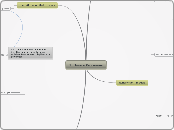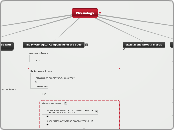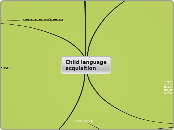KM Life Cycle
The Wiig’s KM
Life Cycle
Details of generating value for organization
Value Realization
Application
Dissemination
Transformation
Compilation
Sourcing
Creating
The Bukowitz and Williams’ KM
Life Cycle
No evaluation process involved
New phases of learning and decision to
maintain this knowledge or divest
Divest
Maintain
Build and sustain
Keep the organization viable and competitive
Assess
Evaluate the intellectual capital
Contribute
Share what they have learned
Learn
learning from experiences
Use
Combine information
Get
Seeking out information
Major phases
Review & Update
Application & Reuse
Sharing & Accessing
Capture & Refinement & Codification
Knowledge Creation
The McElroy’s KM
Life Cycle
More complex
Inculcate the process of identifying knowledge
Clear Description of knowledge evaluation and
decision to integrate or not
Knowledge Integration
Knowledge Validation
Information Acquisition
Knowledge claim validation
Individual and group learning
The Zack & Meyer KM Life Cycle
Weakness
No specific way pf capturing tacit knowledge
Not comprehensive in terms of
application of knowledge
Strength
Easy to understand and Simple to implement
Phases
Presentation
Context
Distribution
The channel
Storage
physical or Digital
Refinement
Standardizing
Acquisition
Deals with sources
Definition
Refers to the route information follows in order to become transformed into a valuable strategic asset for the organization.









